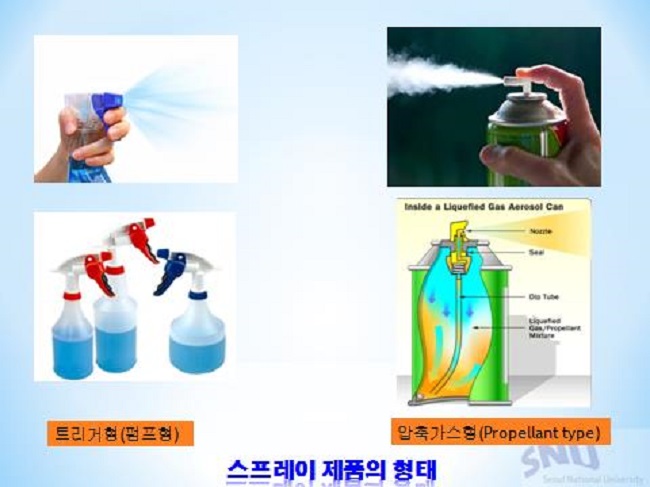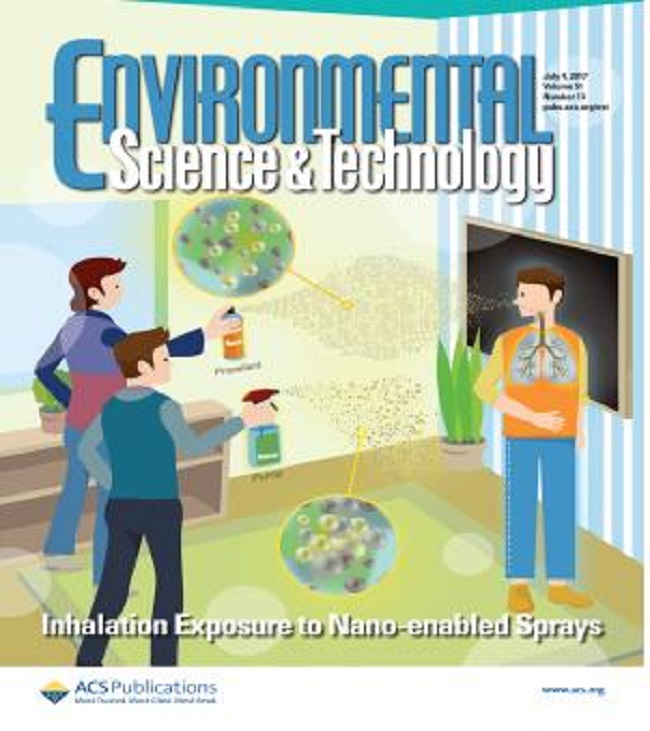
A recent study conducted by researchers from Seoul National University has revealed that the presence of nanomaterials in the composition of household aerosols carries the same dangers as exposure to particulate matter (PM 2.5). (Image: Yonhap)
SEOUL, Sept. 1 (Korea Bizwire) — A recent study conducted by researchers from Seoul National University has revealed that the presence of nanomaterials in the composition of household aerosols carries the same dangers as exposure to particulate matter (PM 2.5).
In their experiment, the researchers tested eight household cleaning products containing nanomaterials which were categorized into two groups. Five of the products (two air conditioner-cleaners, two clothing fresheners and one furniture polish spray) were classified as propellants, while the remaining three (two air fresheners, one window cleaner spray) were grouped as pumps.
The propellants were in canned, aerosol form while the pumps were sprays.
Each of the products was sprayed into open air in a specially contained clean room. The team then compiled estimates on the quantity of absorbed nanomaterials into the alveoli using internationally established standards of microchemical measurement.
The researchers were able to deduce that 80 to 85 percent of the sprays emitted from the propellant (aerosol) products were composed of nanomaterial particles smaller than 100 nanometers in diameter (also called ultrafine particles). Approximately 99 percent of particulate matter is composed of ultrafine particles, meaning that exposure to the propellant category consumer goods carries at minimum a disconcerting health risk.
These nanomaterial particles also proved to be migratory, as the research team discovered that the chemicals had traveled to areas of the room three meters away from where they were first emitted. Furthermore, the sprayed material was observed to have remarkable airborne capabilities by staying aloft in the air for hours.
The products in the pumps category ended up being the safer option of the two, with larger particles that immediately drifted to the ground upon emission, reducing the chances of airborne inhalation.
These observations were borne out when the researchers found that the quantity of inhaled particles from propellants was 4.8 to 15 times higher than the amount from pumps. Both the alveoli (micro cavities in the lungs that permit the regulation of gases) and the bronchial tubes also carried 1.5 to 5 times more particles from propellants than pumps.
The study was published in the July issue of “Environmental Science and Technology”, and was selected as an Editor’s Choice research paper.

The study was published in the July issue of “Environmental Science and Technology”, and was selected as an Editor’s Choice research paper. (Image: Yonhap)
S.B.W. (sbw266@koreabizwire.com)






